
Even with all the hubbub about California's emissions standards fading into the past, you're likely to see constant reminders for a while. That's because so many cars today are stickered, badged, or otherwise recognized with ULEV, SULEV, and PZEV certification — which comes from emissions guidelines originally set by the California Air Resources Board (CARB).
CARB was created in 1967 when Ronald Reagan was governor of California, which is kind of ironic considering he launched what some experts called an attack on the Environmental Protection Agency when he was president. Be that as it may, California had the nation's worst air pollution at the time, and CARB quickly went to work with a number of initiatives, including one aimed directly at smog-forming hydrocarbon emissions.
The modern version of the program kicked off in 2004 with a mandate that all cars sold in California by 2010 had to meet the board's requirements for a low-emissions vehicle (LEV). To be specific, these LEV II vehicles could release no more than 10 pounds of hydrocarbon emissions per 100,000 miles driven. This compares to a rate of 2,000 pounds per 100,000 miles for the typical car in 1965. Metrically speaking to match today's methods, the LEV II rules capped carbon monoxide emissions at 4.2 grams per mile driven. It kicked off an emissions limbo that lowered the bar for pollution from ULEVs to SULEVs to PZEVs to a whole different kind of EVs.
Read more: These Are Lesser-Known Automotive YouTubers Our Readers Say Deserve More Attention
What Is An LEV?
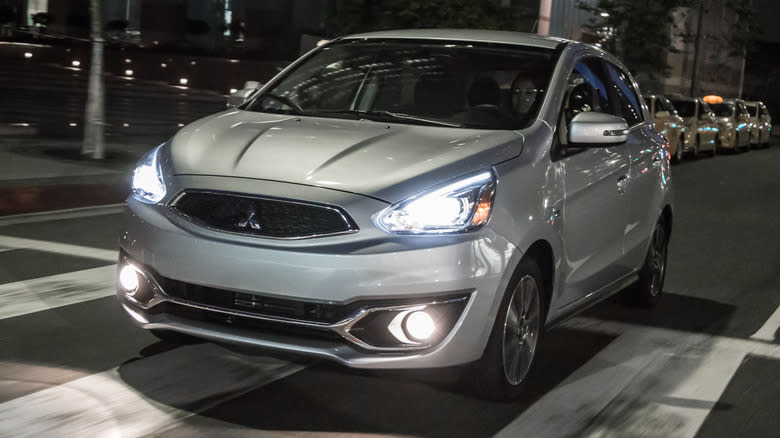
The standards for low-emission vehicles (such as the Mitsubishi Mirage pictured above) have gone through their own changes over time, with LEV II being notable for including most pickup trucks and SUVs along with passenger cars. The LEV III guidelines came into play for model years 2015 through 2025. The LEV IV protocols were scheduled to come online for vehicles from the 2026 through 2030 model years, but President Donald Trump's signature on congressional resolutions overturning California's ability to set its own emissions standards has left that in serious doubt.
The key difference between LEV II and LEV III is that the latter increases the focus on non-methane organic gases (NMOG) and nitrogen oxide (NOx), plus it raises the mileage ceiling. For instance, LEV III vehicles have to limit combined NMOG and NOx emissions to 0.16 grams/mile for 150,000 miles.
It's also worth noting that these limits are only for light-duty vehicles. CARB has separate LEV restrictions for medium-duty vehicles with a gross vehicle weight of up to 14,000 pounds. Some are allowed 0.63 grams/mile of combined NMOG and NOx.
What Is A ULEV?
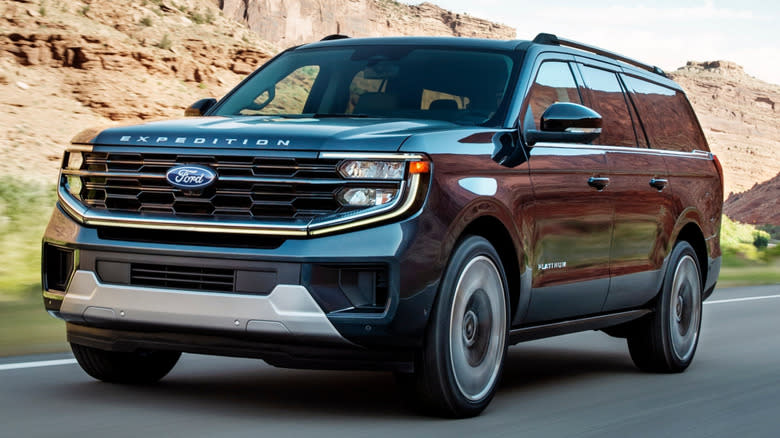
The next level on the CARB emissions hierarchy is for ultra-low-emission vehicles, or ULEVs. These cars have to produce at least 50% fewer emissions than the average vehicle from the same model year. Yes, it's a pretty serious reduction, but you can find plenty of cars that can achieve ULEV status with a regular internal combustion engine — that is, without any help from an electric motor like you find in hybrids, plug-ins, and pure EVs.
For instance, ULEV cars can range from the Ferrari Roma — fresh off its big breakthrough with the Roma Spider — to the Ford Expedition (pictured above) that wants to be your everything. You may not think a powerful exotic sportscar and a three-row body-on-frame SUV would be particularly efficient, but consider: The Roma Spider was measured as producing 0.033 grams/mile for NMOG + NOx and the Expedition at 0.031. The LEV III cutoff, remember, is 0.16, so both the Ferrari and the Ford are about five times cleaner than needed to achieve LEV status.
What Is An SULEV?

If those choices aren't green enough, you can consider a super-ultra-low emission vehicle (SULEV) since these have to be 90% cleaner than a typical new car. Again, some gas-only cars can qualify, with even certain non-hybrid versions of the Jeep Wrangler — featuring the 3.6-liter Pentastar V6 (shown above) — emitting a mere 0.0182 grams/mile of NMOG + NOx. Just keep in mind that the Wrangler's V6 is now manual only.
On the other hand, hybrids are a lot more common as SULEVs thanks to their electric assistance. A quick refresher: a traditional hybrid car combines a gas engine with a small electric motor (or two), which means the gas motor doesn't have to run so hard and emit so much. In addition, some regular hybrids, without plug-in capability, can provide a short amount of EV driving on their own. There's no tailpipe emissions at all in those situations.
Take the Lexus NX 350h that's fitted with standard all-wheel drive and a short-distance EV mode. It can lower its NMOG + NOx emissions to 0.0178 grams/mile.
What Is A PZEV?
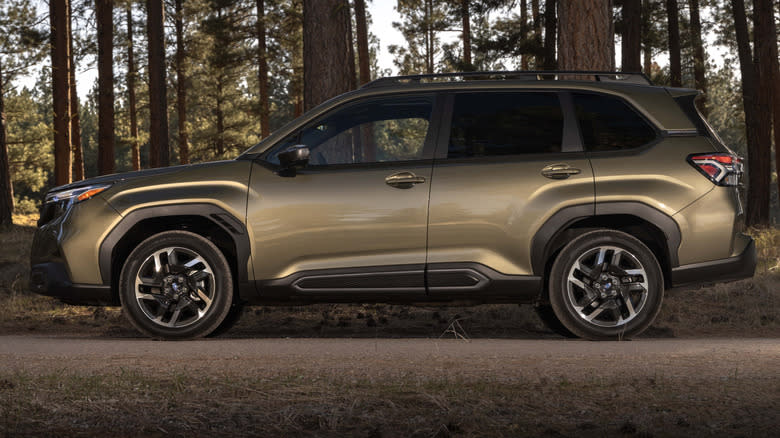
This one might seem kind of confusing, as "partial zero-emission" sounds like a contradiction in terms: Either it's zero or not. Well, for PZEVs, the distinction is between tailpipe emissions and evaporative emissions, which occur when gasoline goes through its natural process of evaporation in your fuel system, before it's combusted in the engine to make tailpipe emissions. Subaru is among the automakers known for its PZEVs, like the 2025 Forester (pictured above) that also keeps its legendary off-road ability.
For a car to qualify as a PZEV, it still has to meet CARB's SULEV limits for tailpipe emissions, but it can't let any evaporative emissions leak out at all. Important strategies for achieving that second goal include things like special fuel-system liners that are impermeable to gas vapor and carbon filters engineered to prevent leftover fuel vapor in the engine from leaking out when the engine is turned off. Tightly closing fuel injectors, carbon canisters to prevent fuel vapor leaking from the gas tank, fine-tuned ECUs, and upgraded catalytic converters can all play a part as well.
What Are TZEV, AT-PZEV, And ZEV?
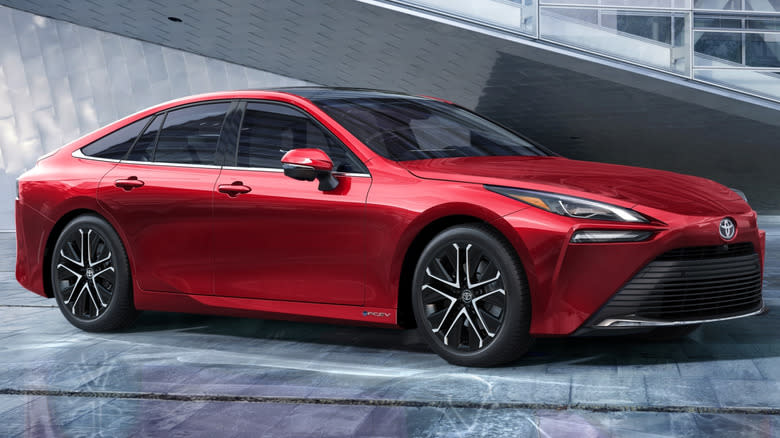
In 2017, CARB began moving away from the designation PZEV and using the term TZEV instead, for transitional zero-emission vehicle. The criteria remain basically the same, though, since TZEVs also have to pass the SULEV criteria while being responsible for zero evaporative emissions.
Another related initialism is AT-PZEV, aka advanced-technology partial zero-emission vehicle. The advanced technology in this case refers to features engineered specifically for improved mileage, not necessarily reduced emissions. AT-PZEVs do have to achieve PZEV levels of emissions, but they also have hybrid or plug-in hybrid assistance to raise their fuel economy numbers. (To be clear, merely adding a hybrid setup's electric motor does not affect how clean the gas engine runs.)
The final step in addressing tailpipe pollution is the zero-emission vehicle. ZEVs are mostly EVs — as in electric vehicles — since they release no emissions at all. Well, the Toyota Mirai (shown above) hydrogen fuel-cell vehicle qualifies as well, because despite its having a tailpipe, all that comes out is water vapor. Indeed, some folks have even tried to drink the Mirai's water exhaust!
Want more like this? Join the Jalopnik newsletter to get the latest auto news sent straight to your inbox...
Read the original article on Jalopnik.
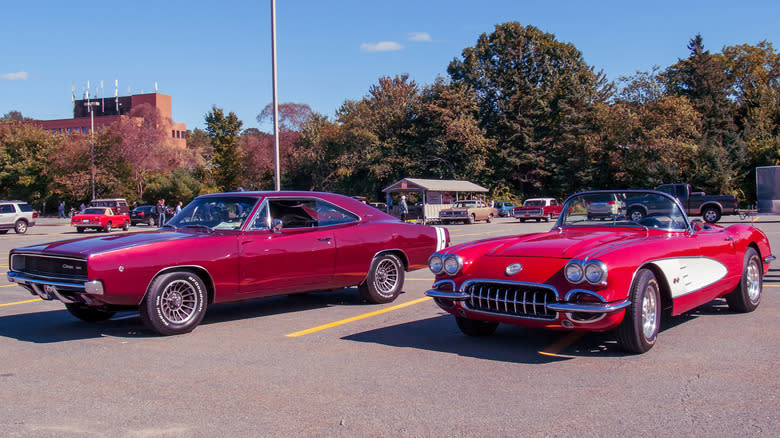

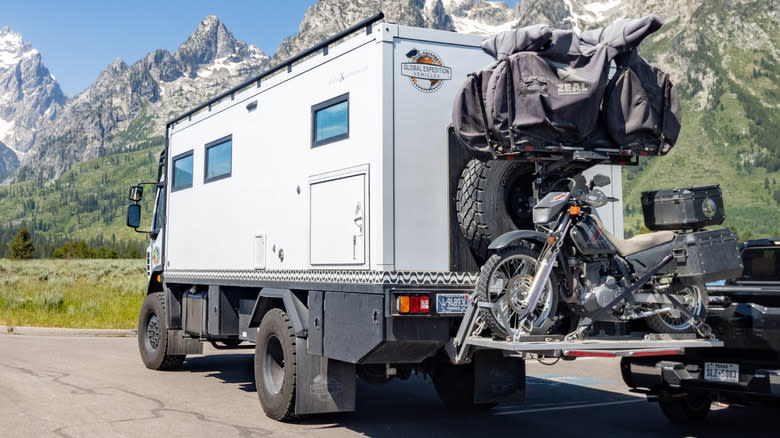
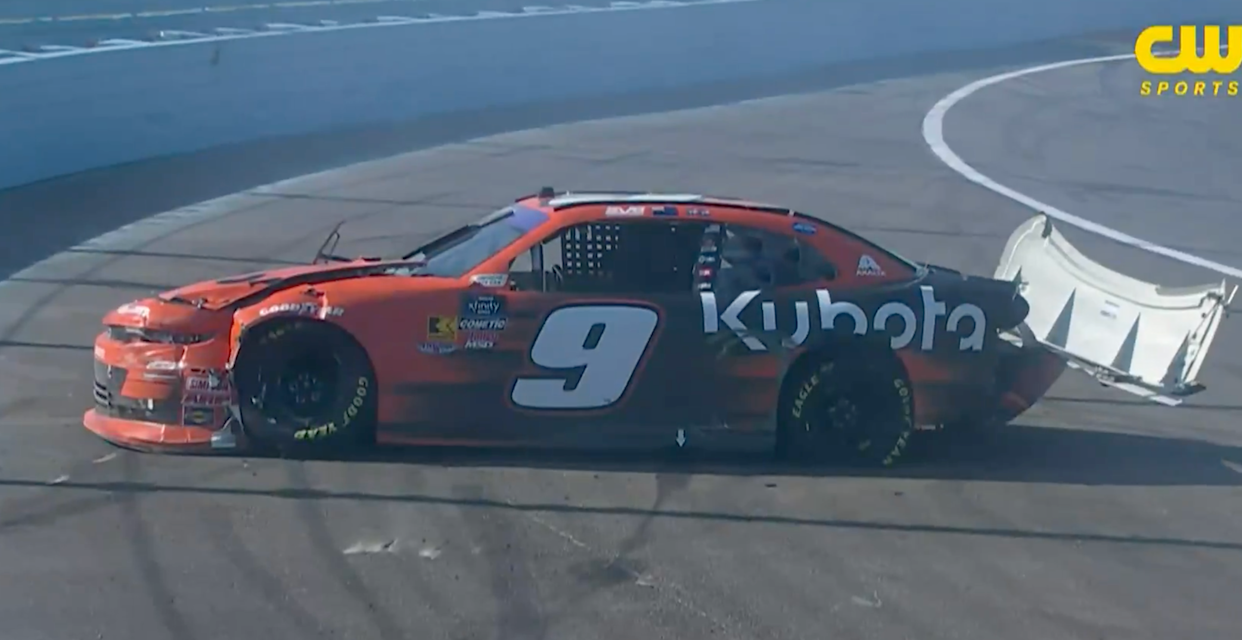
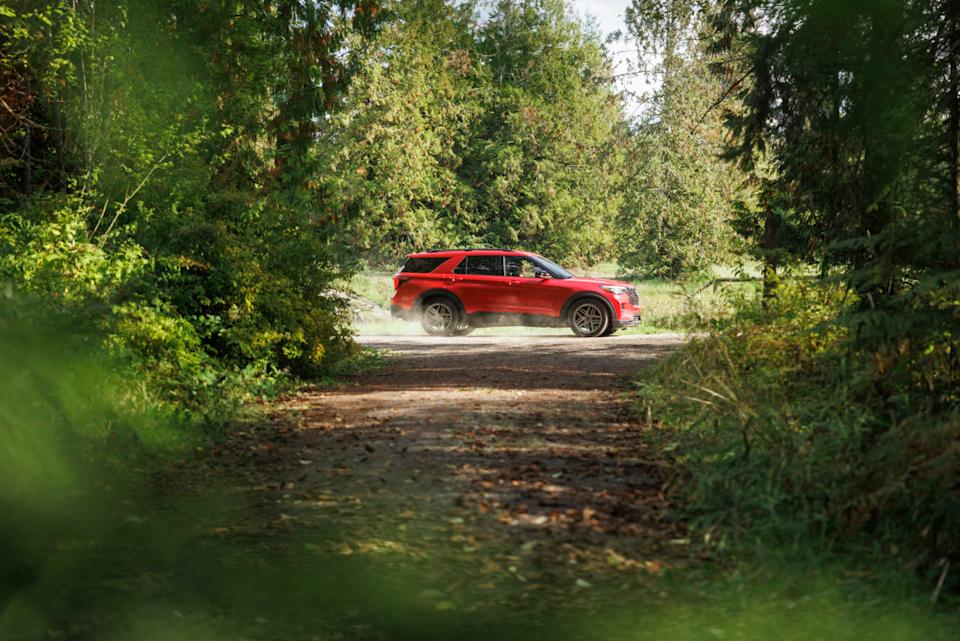
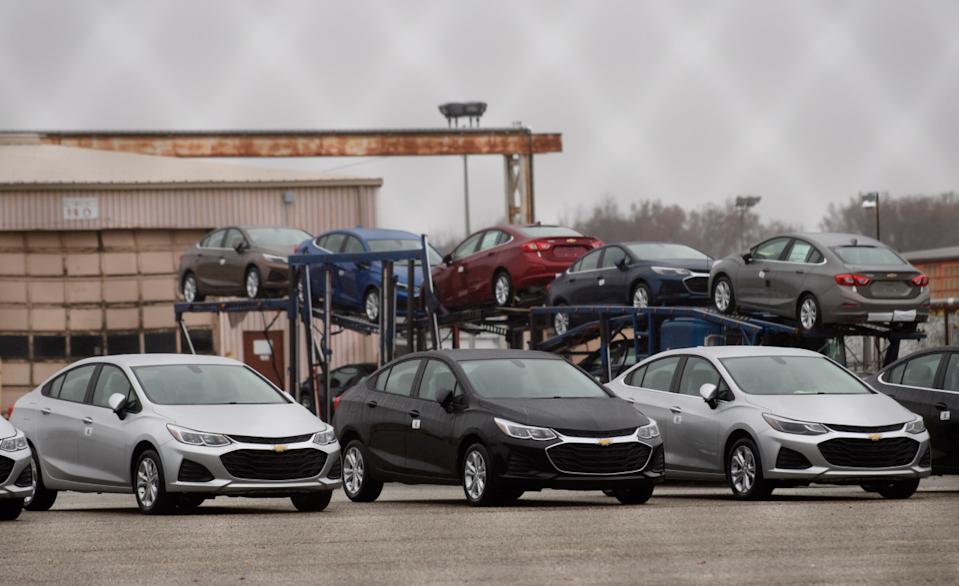
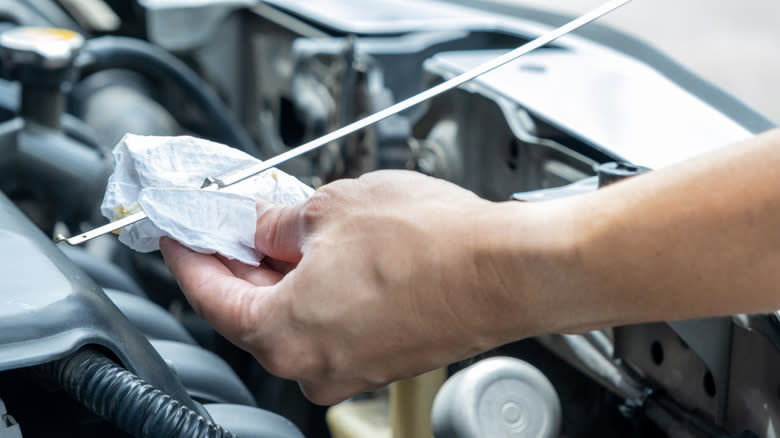
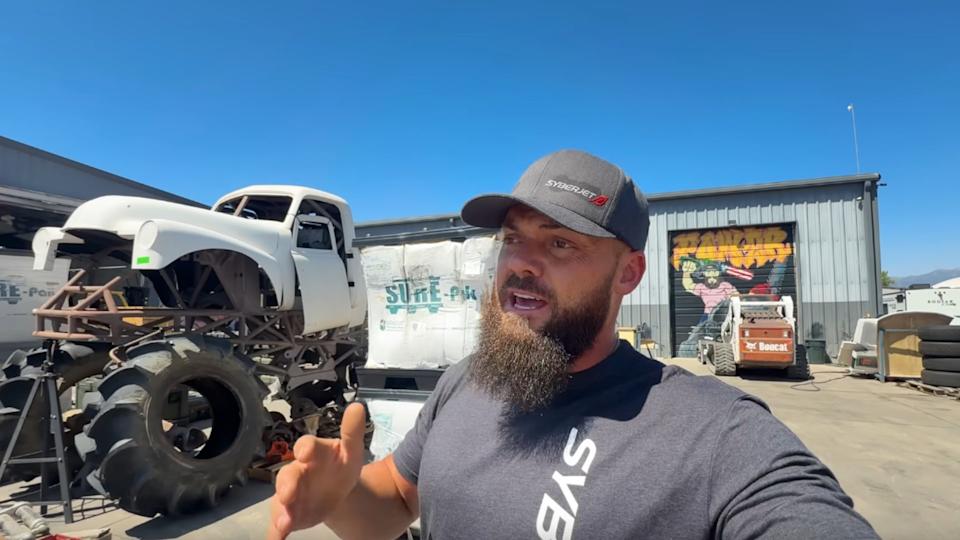
Comments